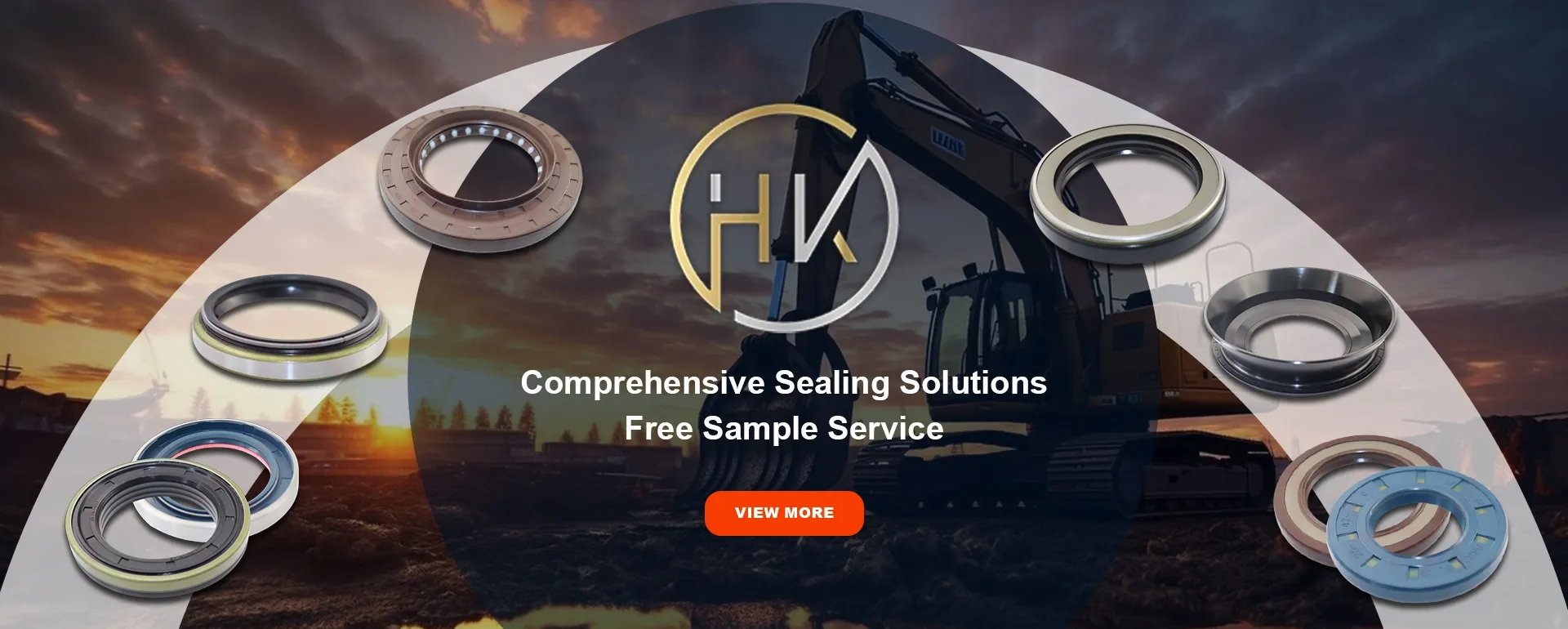Nov . 02, 2024 03:16 Back to list
shaft oil seal
Understanding Shaft Oil Seals Essential Components for Machinery
Shaft oil seals are critical components used in a wide range of machinery and automotive applications. Designed to prevent the leakage of lubricating oil from machinery and the ingress of contaminants, these seals play a vital role in maintaining the performance and longevity of equipment.
The primary function of a shaft oil seal is to create a barrier between rotating shafts and stationary parts, such as housings or casings. Typically made from elastomeric materials like rubber or polyurethane, oil seals are designed to withstand varying temperatures, pressures, and chemical environments. Their ability to maintain a tight seal under dynamic conditions makes them essential for numerous applications in industries including automotive, aerospace, manufacturing, and heavy machinery.
One of the most common shapes for shaft oil seals is the lip seal design. This configuration features a flexible lip that makes contact with the shaft surface, forming a tight seal. The lip design is crucial as it accommodates the shaft’s rotational movement while preventing oil leaks. Additionally, many oil seals incorporate a spring mechanism that exerts pressure on the lip, enhancing the sealing effectiveness and ensuring a constant contact force with the shaft.
shaft oil seal

The importance of proper selection and installation of shaft oil seals cannot be overstated. Choosing the right size, material, and design is essential to ensure optimal performance and avoid premature failure. Factors such as operating temperature, pressure, and the type of lubricant involved must all be considered when selecting an oil seal. Furthermore, the installation process should be executed with precision. An improper installation can lead to misalignment, damage to the seal, and ultimately, oil leakage.
Regular maintenance is also crucial for the longevity of shaft oil seals. Over time, seals can degrade due to factors such as temperature changes, chemical exposure, and wear from shaft contact. Monitoring for signs of oil leaks or excessive noise can help identify potential issues before they escalate into more significant problems. Replacing worn or damaged seals promptly can prevent costly downtime and repairs, ensuring that machinery operates efficiently.
In conclusion, shaft oil seals are indispensable components that play a central role in various mechanical systems. Their ability to prevent oil leakage and contamination ensures that machinery functions at peak performance while reducing maintenance costs and extending equipment life. Understanding the function, selection, and maintenance of oil seals is essential for anyone involved in machinery operation and maintenance. By prioritizing these components, industries can safeguard their equipment and enhance their operational efficiency.
-
TCN Oil Seal Metal Ring Reinforcement for Heavy Machinery
NewsJul.25,2025
-
Rotary Lip Seal Spring-Loaded Design for High-Speed Applications
NewsJul.25,2025
-
Hydraulic Cylinder Seals Polyurethane Material for High-Impact Jobs
NewsJul.25,2025
-
High Pressure Oil Seal Polyurethane Coating Wear Resistance
NewsJul.25,2025
-
Dust Proof Seal Double Lip Design for Construction Equipment
NewsJul.25,2025
-
Hub Seal Polyurethane Wear Resistance in Agricultural Vehicles
NewsJul.25,2025
-
The Trans-formative Journey of Wheel Hub Oil Seals
NewsJun.06,2025
Products categories
















